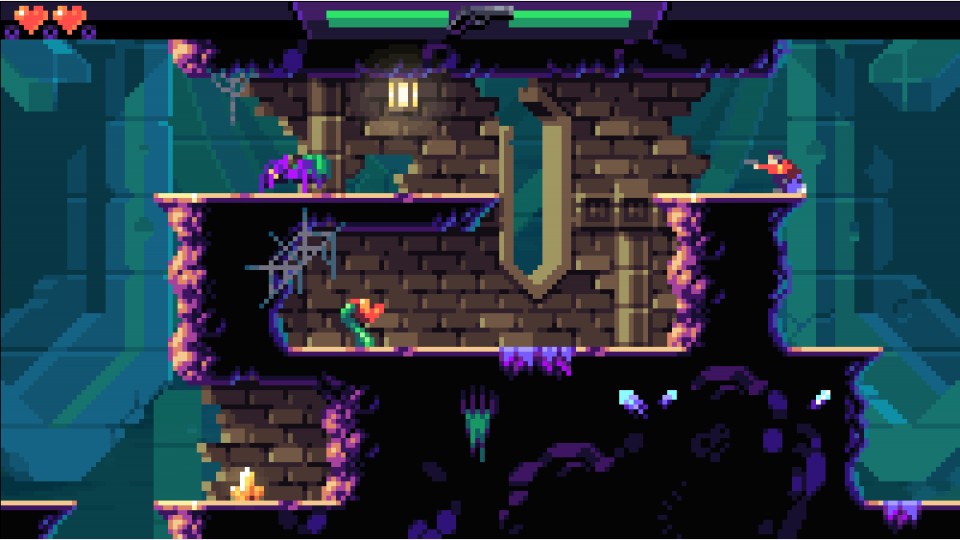
The project was part of SAGA’s LUNARK project. Researchers at the University of Surrey and the University of Milano-Bicocca partnered with the pair, whose company is called SAGA Space Architects.

One result of the study: A series of “well-being sessions” measured as a positive for Aristotelis and Sørensen during their 61 days in extreme isolation. The purpose was to investigate and simulate the psychological impact of social isolation in harsh environments like the moon.

And, the team said it could withstand local threats, even from a polar bear who visited during the course of the study. The pod was designed to be environmentally friendly, with no waste left behind. To simulate the lunar environment, the pod was placed in northern Greenland, in the Arctic region. They remained in the pod for 61 days beginning in September 2020.
#Lunark fancy portable#
Two men – Sebastian Aristotelis and Karl-Johan Sørensen, both space architects (working on “making space livable”) – lived in an airtight, portable and foldable pod that they themselves designed. But what about the effects on our human psyches: our souls, minds and spirits? On April 5, 2022, researchers announced results of a new study related to human isolation in space. Though perhaps not as fancy as those depicted in movies and books, they’d be long-term habitats where astronauts and scientists could live and work. In the not-too-distant future, NASA wants to have human habitats on the moon. Image via SAGA Space Architects/ University of Surrey. The goal was to learn the effects of extreme isolation on human mental health, and to try out some techniques for coping.

Will the road to outer space lead to loneliness? To help find out, 2 men spent 61 days in isolation in this pod similar to a moon habitat, placed in northern Greenland, as scientists studied them.


 0 kommentar(er)
0 kommentar(er)
